Spring into the season by helping the wildlife right outside your door.
The first day of spring is just around the corner (or should we say just around the snowbank). Although many parts of Canada are still quite wintery, the first signs of spring are on their way – and that includes many wildlife species making a welcome reappearance in our backyards. Winter can be a challenging time for wildlife, but that doesn’t mean spring is a walk in the park. No matter the season, we can help our wildlife friends with a few simple steps.
Help Migrating Birds
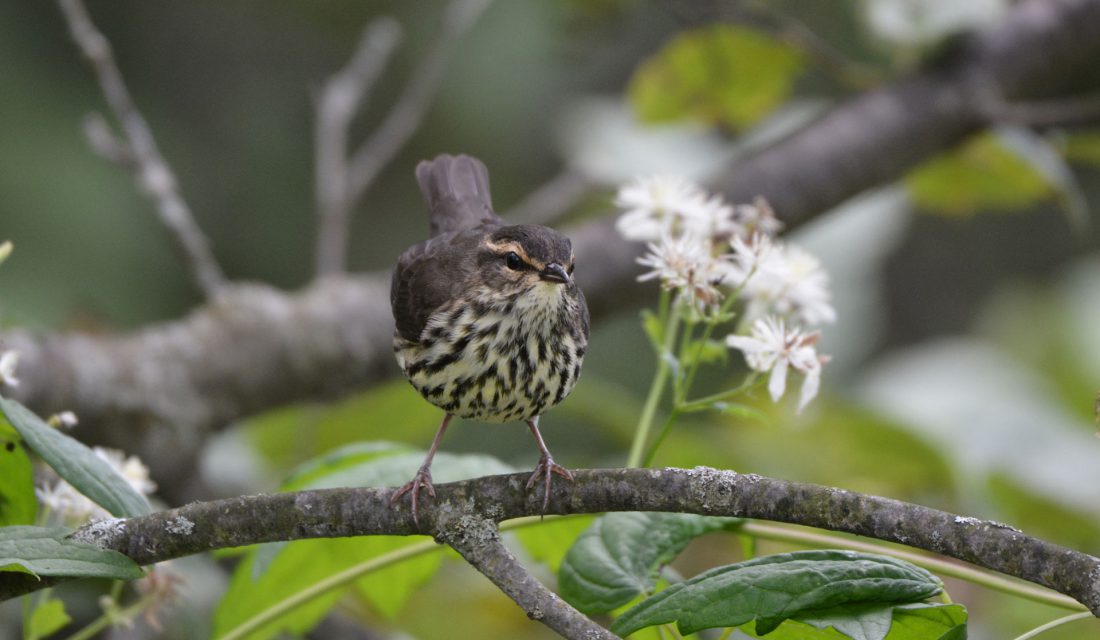
By mid-March, many bird species are already migrating north from their overwintering sites. You can welcome them home by ensuring your property is a safe space for our winged friends.
Every year in Canada, approximately 25 million birds fatally collide with the windows of homes, offices, stores, cottages and buildings. Windows can deceive birds by reflecting the outdoors or showing indoor plants through clear glass. You can help reduce collisions by adding visual markers to your windows to make them more visible to birds. Safe Wings Ottawa has helpful tips for purchasing collision deterrent products or making your own at home.
Watch for Wildlife
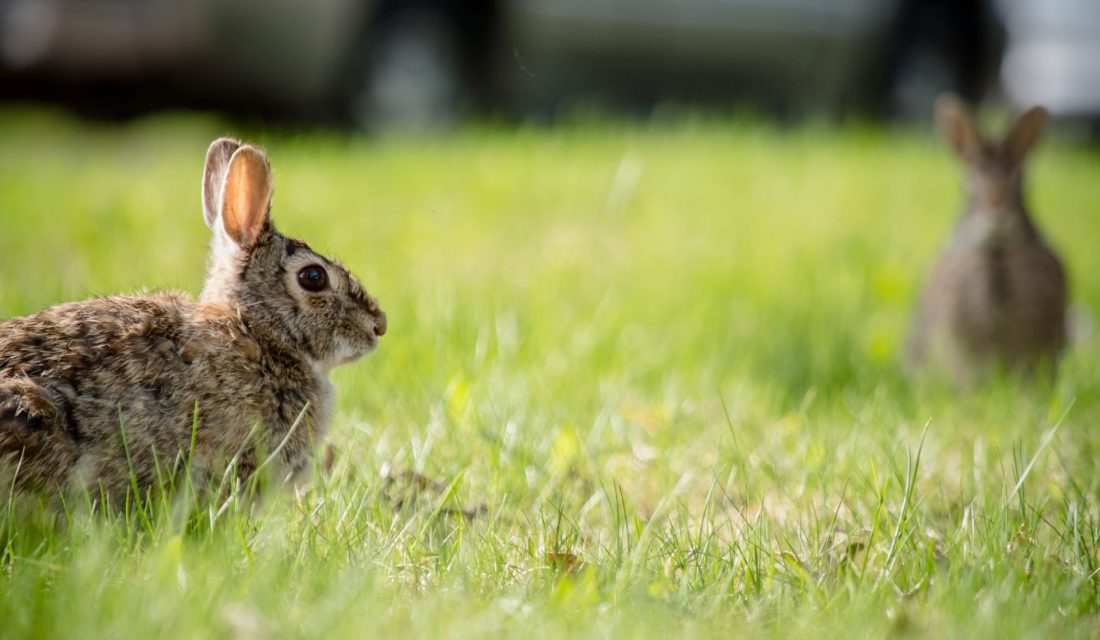
As the snow starts to melt, many of us are eager to get outside and spring clean our yards. But be mindful when trimming trees or hedges, clearing brush or filling holes in the ground. Wildlife may have been taking shelter in these spots through winter, and birds may have already started building their nests. Before trimming, cutting, clearing, raking or mowing, carefully check your yard for any hidden wildlife friends.
Plant for Pollinators
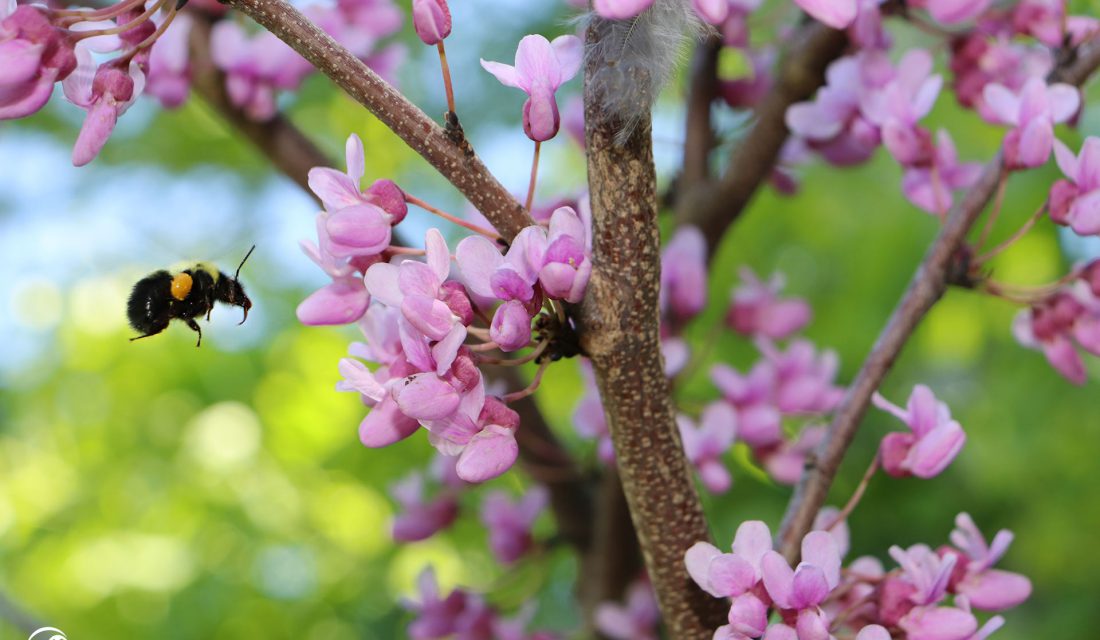
The arrival of spring is an exciting time for gardeners – you’re likely already tidying your yard, planning your plots and perhaps even purchasing bulbs and seeds. As you prep your garden, be sure to keep pollinators in mind. Bees, butterflies and other pollinators are essential to our ecosystems and food production. Unfortunately, many wild pollinator populations are declining, largely due to habitat loss, intensive agricultural practices and pesticide use.
The good news is that you can create vital habitat for our threatened pollinators by planning a pollinator-friendly garden. Our website has plenty of resources to help you create a garden oasis for pollinators, including by choosing a diversity of native flowers abundant with nectar and pollen. Be sure to do a little research before making your garden shopping list!
Help the Bats
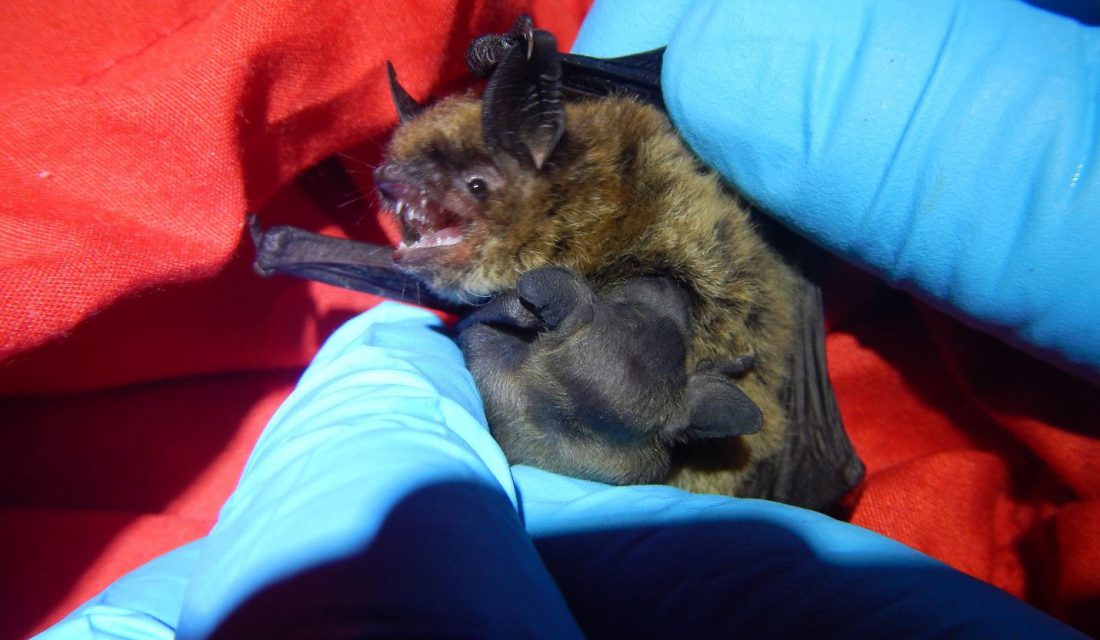
When temperatures start to consistently rise above zero, bat species that hibernate start to rouse from their winter slumber. If you discover bats in the attic of your home in spring, they may have just returned from their winter hibernation or (much less likely) they may have been quietly overwintering there.
In either case, the females may be pregnant. Bat species mate in the fall but fertilization typically occurs months later in spring. For bat species that don’t hibernate, pregnant females may still be around during spring as they look for a safe place to give birth.
Evicting bats from your home can put these small mammals at risk, especially if they’re pregnant or nursing a pup. Several species of Canada’s bats are already endangered as a result of habitat loss and the deadly white-nose syndrome, so we need to do our part to help them.
If you are uncomfortable cohabitating with bats, consult our tips on the safest, most humane way to remove them and be sure to only engage wildlife control companies who abide by these. You can also install a bat house on your property to provide bats with an alternative roosting site.
We hope these tips help you keep any wildlife visitors safe this season.

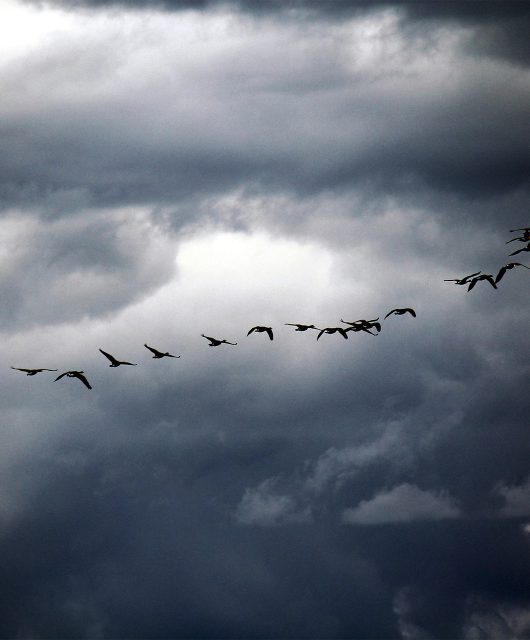
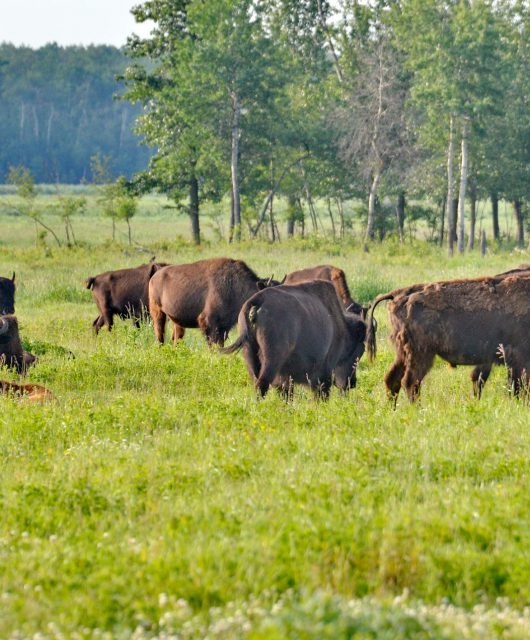
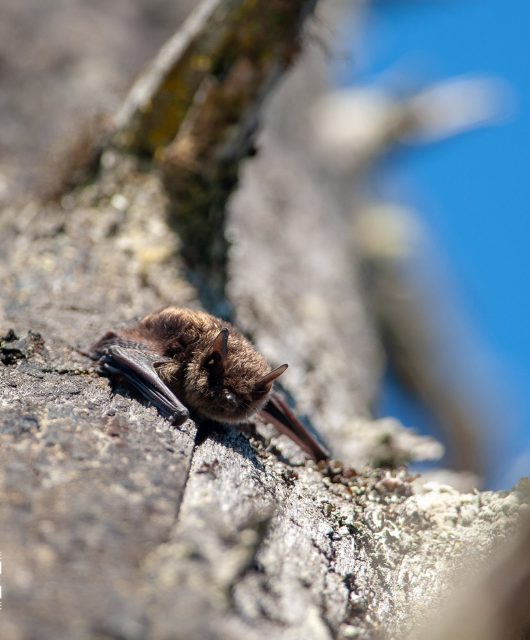
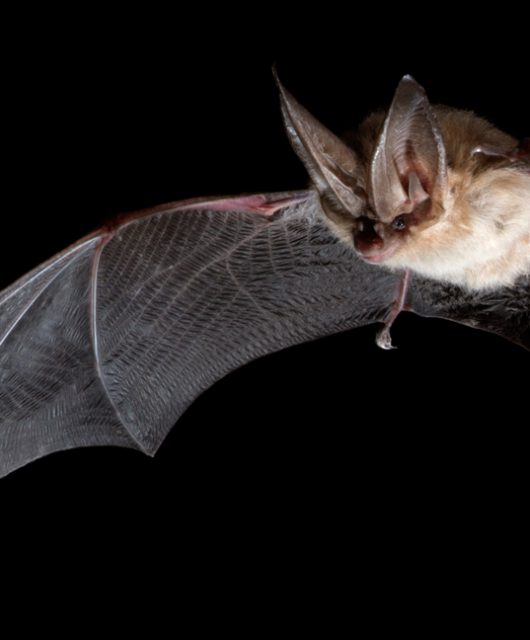
3 comments
I’ve been providing peanuts, almonds, mixed seeds, some fruits and veggies and fresh water everyday over the winter. It’s been lovely seeing all my little backyard critters. A few days ago, I had the visit of the widest variety of wildlife…. pigeons, morning doves, cardinals, a blue jay, a woodpecker, starlings, crows, common grackle, chickadees, robins, sparrows, black, grey, and red squirrels, a chipmunk, two cottontail bunnies, a raccoon, and Mousey McGee . Last year two mallard ducks kept coming for a visit on and off during the summer. I’m just hoping my neighbours won’t come with bats and pitchforks knocking at my door telling me ENOUGH!
If I were your neighbor, I would welcome all of your yard critters.. I have to live in an apartment now and I thoroughly miss feeding the birds.
I have to be careful that I don’t attract pigeons as my neighbour complained to the bylaw officers a few times last year. If anyone has any hints as to how to attract song birds only, I’d like to hear them. The problem seems to be the birds knock the seed to the ground and this is what attracts the pigeons. I love watching the song birds at my feeders. I currently have 2 bat houses, 5 bird houses, 2 suet feeders and a covered seed smorgasbord (a table under my gazebo with a tray of birdseed)